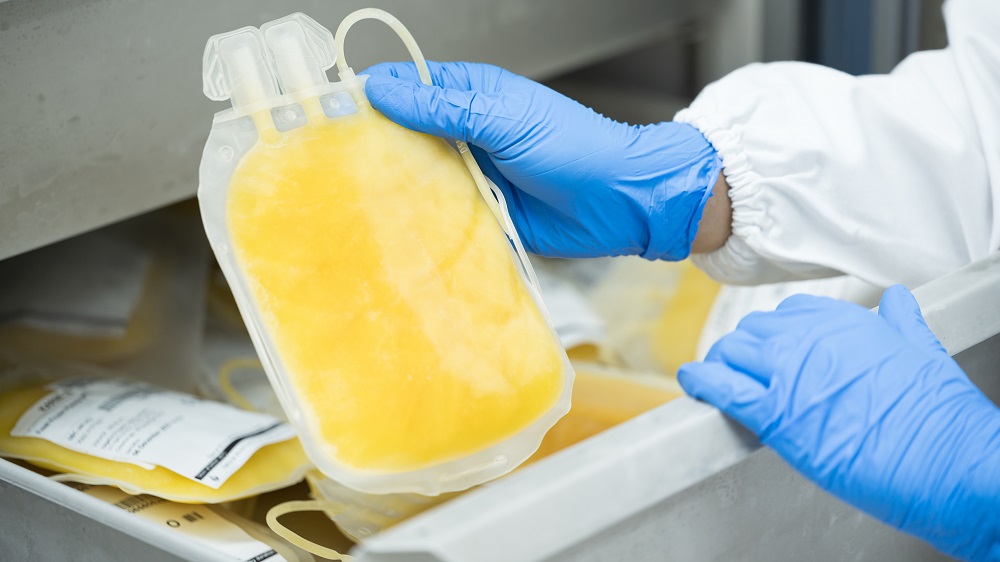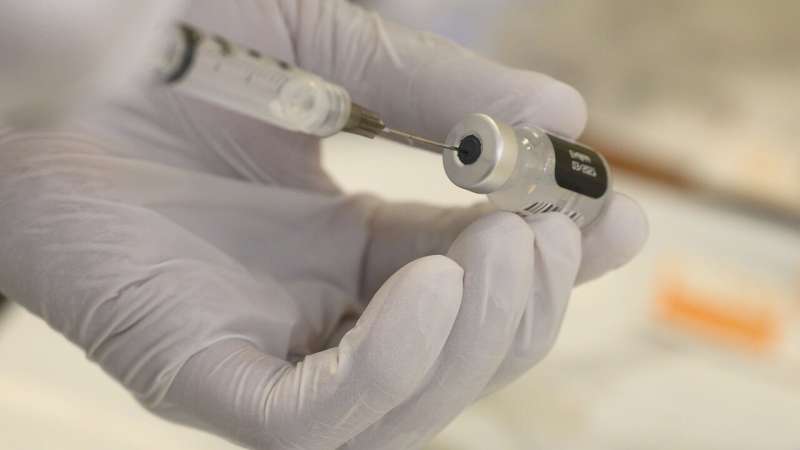A recent study published in Nano Letters reports a groundbreaking achievement in the development of advanced dialysis membranes. Led by a research team at Vanderbilt University, this study presents nanoporous atomically thin membranes (NATMs) that utilize graphene to enhance filtration processes while minimizing protein loss.
The Challenge of Dialysis Membranes
Traditional dialysis membranes face a dual challenge: they must efficiently allow small molecules to pass for removal, all while preventing the leakage of crucial proteins. Current technologies have struggled to strike this balance. The innovative approach presented in this study uses the unique attributes of graphene, characterized by both its atomic thinness and customizable nanopore sizes, to achieve precise and rapid filtration.
Innovative Approach: Protein-Enabled Sealing
The researchers discovered that leakage of proteins through larger pores can actually be transformed into a beneficial mechanism. When proteins escape from the membrane, they interact with neighboring molecules, which triggers a sealing process that selectively closes the larger pores while allowing smaller ones to remain open. This self-sealing characteristic is a novel advancement that enhances the membrane's effectiveness.
“The ability to seal inconsistent pore sizes and selectively filter molecules based on size represents a new paradigm for dialysis membranes,” notes Peifu Cheng, research assistant professor of chemical engineering and lead author of the study.
Mechanics of the Self-Sealing Process
At the molecular level, proteins possess a natural flexibility enabling them to deform slightly when traversing nanopores. This property is utilized in the researchers' method, which enhances the operational efficacy of dialysis membranes beyond existing commercial options. According to Assistant Professor Piran Kidambi, who led the project:
“Our study introduces proteins as nanoscale tools to engineer sizes in atomically thin membranes, overcoming critical challenges in current dialysis systems.”
Performance of the Developed Membranes
The NATMs developed by the team were tested on a centimeter scale and exhibited remarkable properties:
- Stability: The defect-sealed NATMs remained stable for up to 35 days.
- Performance: These membranes consistently outperformed leading commercial dialysis membranes.
Implications for Future Research
This innovative approach not only demonstrates the feasibility of self-sealing membranes but also opens avenues for utilizing a diverse range of biomolecules, including DNA and RNA, for optimized fabrication processes.
Performance Comparison Table
| Membrane Type | Stability (Days) | Performance (Efficiency) |
|---|---|---|
| Defect-Sealed NATMs | 35 | Higher than commercial standards |
| Commercial Dialysis Membranes | Variable | Standard efficiency |
Conclusion
The research conducted at Vanderbilt marks a significant leap in the field of dialysis technology. The introduction of protein-enabled self-sealing atomically thin membranes has the potential to revolutionize treatment methodologies, ensuring efficiency in filtering therapeutics while safeguarding critical proteins.
Further Reading
For those interested in delving deeper into this research, the full paper is available at Nano Letters.
References
- Peifu Cheng et al. (2024). Protein-Enabled Size-Selective Defect-Sealing of Atomically Thin 2D Membranes for Dialysis and Nanoscale Separations, Nano Letters.
- Science X (2025). Self-sealing, atomically thin dialysis membranes: Proteins transform leakage into filtration advantage.













Discussion